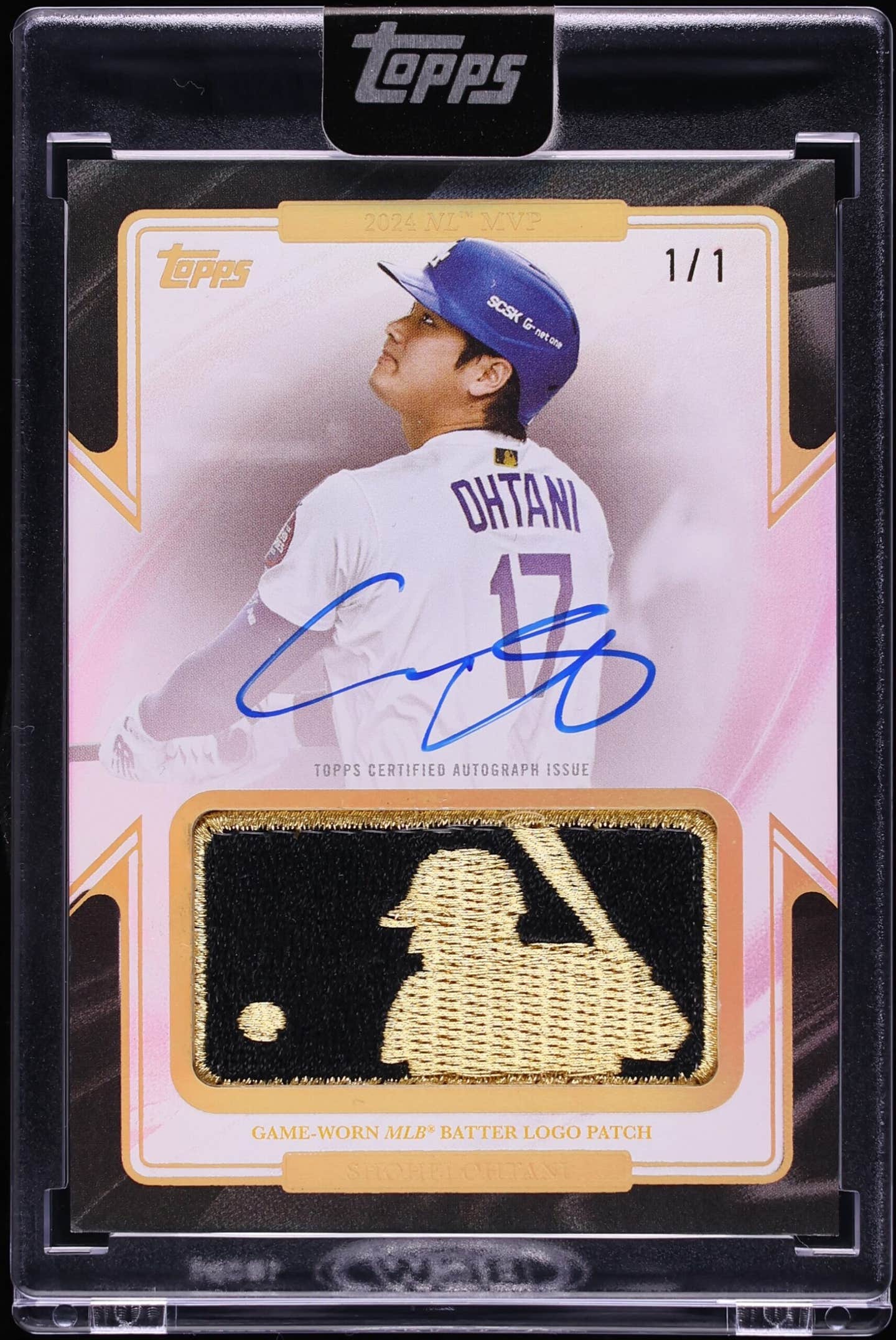Features
A Window Into the Tobacco Era
By Jerry Spillman
This article is a glimpse of the birth of card collecting and the sponsoring tobacco companies. An era in which our classic cards were created (currently being re-created and sold by card companies). Mysteries remain for production dates and product distribution for some card issues, apparently due to their unrecorded history. No attempt at product values or rarity, condition reports, population estimates or subjective opinions are noted.
The cigarette was first popularized during the 1850s Crimean War when soldiers would roll their pipe tobacco in newsprint. But in 1881, James Bonsack invented a cigarette manufacturing machine, and shortly after the Emery cigarette making machine was created. These innovations raised the level of technology to further the growth of the tobacco industry. The emergent cigarette industry prompted W. Duke, Sons and Co.; Goodwin & Co.; and Allen & Ginter Co. tobacco businesses to add cigarettes to their tobacco products, and by the mid-1880s they began promoting their brands of cigarettes by inserting advertising picture cards into their cigarette packs.
These cards featured actresses, celebrities, animals, birds, American Indian Chiefs, political figures, military, flags and hundreds of other subjects. Checklists printed on the back of many of the series of cards encouraged collecting complete sets. The cards also acted as a stiffener to prevent damage to the cigarettes in the packs.
Witnessing the appetite the public had for these cards inspired imitation by other tobacco companies. Competition created a demand for the state-of-the-art photography and advanced lithography needed to produce the most artistically attractive products. This concept was an overwhelming success – the nation became addicted to collecting these cigarette cards.
Starting in early 1886, images of professional baseball players were pictured on cigarette cards. The following is a picture history of the 1886-95-era mother tobacco packages and a sample of the inserted card; only issues that produced Major League Baseball players are featured.
The designations used for these cards are listed in Jefferson Burdick’s The American Card Catalog. Tobacco packages of this era are extremely scarce and those that are found are inevitably in poor condition, not in the Photoshop-enhanced condition shown here. In nearly all cases these packages are much rarer than the associated cards.
Goodwin & Co.
In 1886, Goodwin & Co. issued its first insert baseball cards; these were the N167 portrait cards of New York National League baseball players into their Old Judge brand cigarette packs. From 1887-90 the sepia photo-type N172 card was issued; they became the largest issue of cards ever. This pack also carried the coupon for the N173 cabinet.
Shown here is a Goodwin & Co. counter top Gypsy Queen display box that contained Gypsy Queen cigarette packs with the inserted small 1887 N175 cards. There is no proof as to how the large N175 cards were distributed.
Also shown on these pages is the redesigned product graphic change that was introduced in 1888 by Goodwin & Co. for their counter top Gypsy Queen display box and the Gypsy Queen cigarette packs that carried the N162 cards.
Allen & Ginter Co.
The Allen & Ginter Co., who had been producing advertising cards for several years, made a promotional decision in the spring of 1888 to produce and insert the N28 lithograph cards of World Champions into its Richmond brand cigarette packs. Later in 1888, the N29, a second series, succeeded the N28. Also, the N43 cards were introduced as an insert for its 20-cigarette pack. The N43 card is an enhanced version of the N29 card that shows a slightly reduced inset of the player with related baseball theme artwork in the background.
The following tobacco companies joined the trend by inserting baseball cards with their products. Each competitor had their own baseball card format.
Charles Gross & Co.
The Charles Gross & Co. inserted the N690 cards in its Kalamazoo Bats Box from 1886-88. In 1887, the N693 Kalamazoo Bats Team Cards were made available, but there is no proof as to how they were distributed. There are only six unnumbered cards listed in the N693 team set.
Four Base Hits
The Four Base Hits are listed as type two N690 cards but are not a Charles Gross Co. product. No tobacco package that carried these cards is known to exist. Their likeness to the Kalamazoo Bats cards would suggest a similar sales box. It is also possible that these cards were produced by The August Beck Co. One card from this set is shown for identification.
Lone Jack Cigarette Co.
The Lone Jack Cigarette Co. initiated inserting its version of baseball cards, the N370s, in its packs in 1887. There are 13 St. Louis Browns players included in this series.
D. Buchner & Co.
No Gold Coin Chewing Tobacco Pack that carried the 1887 N284 Base Ball Players Cards is known to exist. Shown below is a Photoshop-enhanced image of a Gold Coin Chewing Tobacco Pack taken from an advertising sign.
W.S. Kimball & Co.
The W.S. Kimball & Co. commenced inserting N184 cards into its High Grade and Little Jockey cigarette packs in 1888. Of this set of 50 cards, only four are baseball players.
S.F. Hess & Co.
In 1888, the S.F. Hess & Co. produced California League baseball cards (N321 and N338-1), Newsboy League cards (N333) and Major League baseball cards (N338-2) as inserts for its Creole Cigarette packs.
August Beck & Co.
The August Beck & Co. commenced inserting N403 cards in its Yum Yum tins in 1888. This card set is unique in that it was produced in two distinct types: photographic portraits and full-length action drawings.Green and Blackwell Co.
This is first gum company to insert cards with its product. The Green and Blackwell Co. produced the E223 G&B Chewing Gum in 1888. No package that carried these baseball cards is known to exist. One card from this set is shown for identification.
P. H. Mayo & Bros. Tobacco Co.
The P. H. Mayo & Bros. Tobacco Co. commenced inserting N300 cards in its tobacco tins in 1895.
Unopened packs
Unopened packs of any 19th century cigarette packs are extremely rare. In 1998, a collection of three unopened Old Judge Cigarette packs was found. The packs were opened and each contained a “common” player N172 card. The cards were graded by SGC. Two were graded Mint and the third Near Mint. At an antique show, I purchased and opened a W.S. Kimball & Co. high grade cigarette pack; the insert card pictured a beautiful woman with butterfly wings. That N183 card was not my hope.
The practice of insert cards all but stopped when competition ended. In January 1890, James “Buck” Duke chartered in New Jersey to establish the American Tobacco Co. Allen & Ginter Co., F.S. Kinney Co., Goodwin & Co., William S. Kimball Co. and Bonsack’s Cigarette Machine Works, who were competitors of the W. Duke, Sons & Co., united with Duke in order to survive and became its founding members. By the early 20th century, S. Anargyros & Co., R.J. Reynolds, D. Buchner & Co., P. H. Mayo & Bros. Tobacco Co., P. Lorillard Co., Liggett & Myers Co., Bull Durham Co. and smaller firms, many forced out of business, fell and were placed under the control of the American Tobacco Co. (ATC). The ATC was headquartered, along with processing plants and warehouses, in Durham, N.C. Commercial facilities were also built in New York.
In 1907, antitrust action was brought against the ATC, and in 1911, the Supreme Court handed down a historic verdict ordering the dissolution of the Buck Duke’s $240 million-a-year American Tobacco Co. monopoly, which the court deemed in violation of the Sherman Antitrust Act. Duke’s American Tobacco Co. controlled 92 percent of the world’s tobacco business.
The major companies to emerge were:
• Liggett & Myers: Piedmont, Fatima, American Beauty, Home Run, Imperiales, Coupon, King Bee
• P. Lorillard: Helmar, Egyptian Deities, Turkish Trophies, Murad, Mogul, Zubelda
• American Tobacco: Pall Mall, Sweet Caporal, Hassan, Mecca, Omar
• R.J. Reynolds: 20 percent of the plug trade
• British-American Tobacco.
This is a completely revised update of my article on this subject that was published in the March 25, 2005, edition of SCD.
Jerry Spillman is a freelance contributor to SCD. He can be reached at jssccssj@gmail.com.








